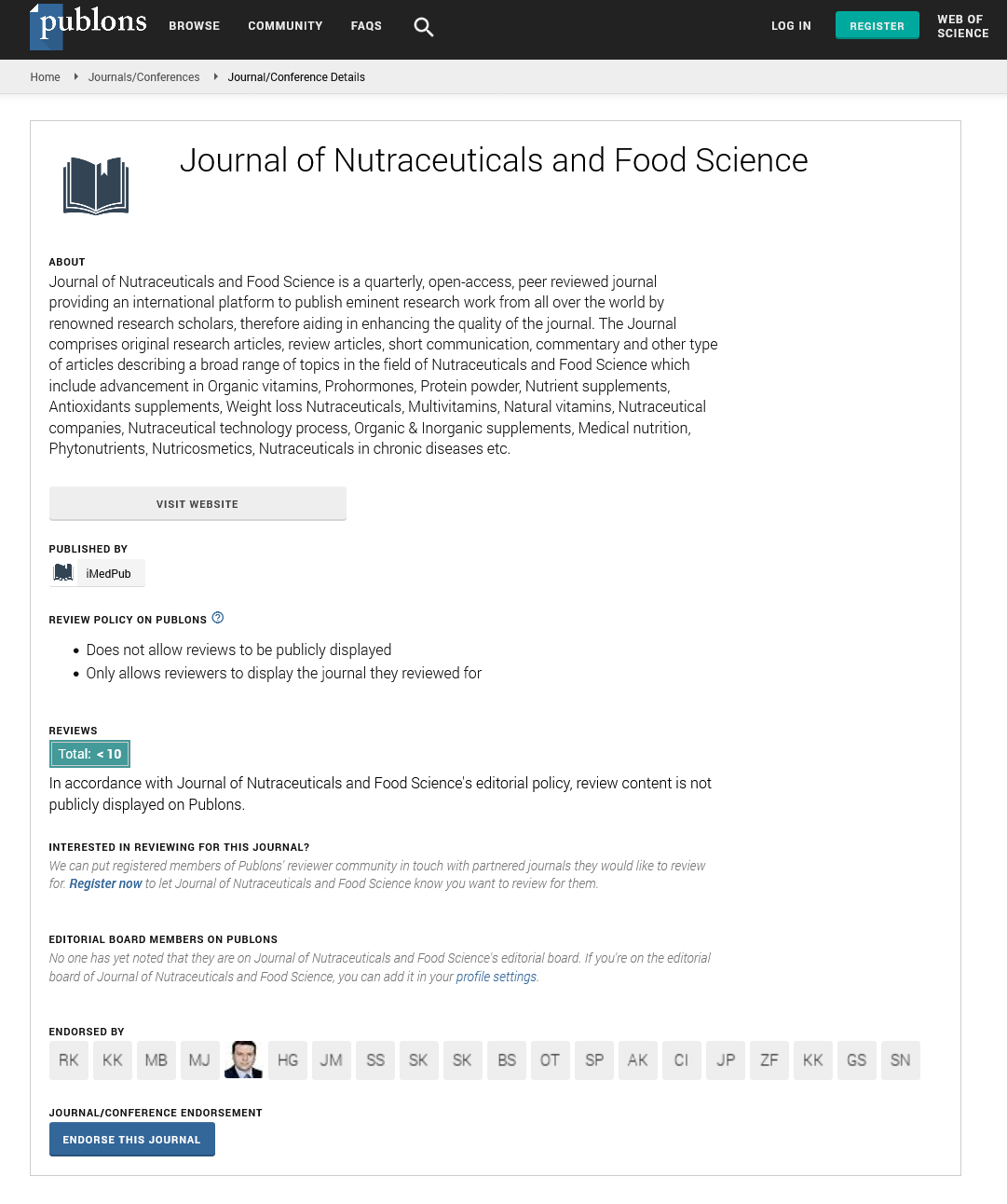Abstract
LC-HRMS based lipidomic approaches to evaluate the effect of X-ray irradiation treatment on the lipid profile of Camembert cheese
Camembert is a surface mold-ripened soft cheese, as the raw milk cheeses, typically is subjected to spoilage bacteria and for thus it has a short shelf-life. Among the non-thermal technologies to inactivate and destroy pathogenic and spoilage microorganisms, there is the ionizing radiation [1-2]. This technology is able to preserve organoleptic characteristics and health benefits of treated foodstuffs, if it carried out in the range established by the legislation from a dose level of 1 up to 10 kGy [3]. In this study, X-rays irradiation was applied to Camembert cheese and a lipidomic approach was used to evaluate the possible modifications on lipid composition, induced by this treatment. The Camembert samples were irradiated with increased doses of 1.0, 2.0 and 3.0 kGy at a dose rate of approximately 2 kGy h-1. The lipid extraction procedure was based on slightly modified Folch method. Ultra-High liquid chromatography coupled to Q-Exactive Orbitrap mass spectrometry (UHPLC-ESI-Orbitrap-MS) equipped with a heated electrospray ionization (HESI) probe was employed to analyse the lipidomic profiles [4-5]. Lipids are identified by both accurate precursor ion mass and fragmentation features and quantified using LipidSearchTM software. Furthermore, chemometric analyses were used to establish possible differences among irradiated and non-irradiated samples. A total of 16 classes of lipids, including ceramides (Cer), monoacylglycerol (MG), diacylglycerols (DG), triacylglycerols (TG), cholesterol ester (ChE), zymosteryl esters (ZyE), hexosylceramides (Hex1CER), dihexosylceramides (Hex2Cer), lysophosphatidylcholine (LPC), phosphatidylcholines (PC), phosphatidylethanols (PEt), lysophosphatidylethanolamines (LPE), phosphatidylethanolamines (PE), phosphatidylinositols (PI), phosphatidylserines (PS), sphingomyelins (SM) were identified. In particular, in cheese irradiated samples, MG, Pet, PI and PS increased, while TG, DG and PC decreased. This behavior has been observed at a dose level of 3.0 kGy. These results confirm that the lipidomic approach is a powerful means to provide more information on the changes induced by X-ray radiation treatment
Author(s):
Rosalia Zianni
Abstract | Full-Text | PDF
Share this

Google scholar citation report
Citations : 393
Journal of Nutraceuticals and Food Science received 393 citations as per google scholar report
Journal of Nutraceuticals and Food Science peer review process verified at publons
Abstracted/Indexed in
- Google Scholar
- Publons
- Secret Search Engine Labs
Open Access Journals
- Aquaculture & Veterinary Science
- Chemistry & Chemical Sciences
- Clinical Sciences
- Engineering
- General Science
- Genetics & Molecular Biology
- Health Care & Nursing
- Immunology & Microbiology
- Materials Science
- Mathematics & Physics
- Medical Sciences
- Neurology & Psychiatry
- Oncology & Cancer Science
- Pharmaceutical Sciences


